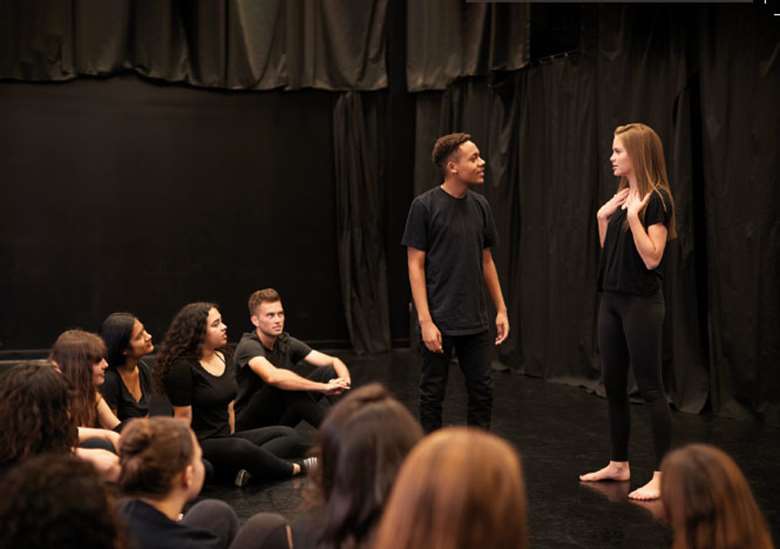Drama Strategy: Tickets, please!
Keith Burt
Monday, February 1, 2021
Entrance and Exit Tickets are two simple concepts that can go a long way in helping your students learn.

ADOBESTOCK/MONKEY BUSINESS
Start the lesson with Entrance Tickets to help your students focus on what is to come, then establish what they have learnt from the lesson with Exit Tickets.
Entry Tickets
Entry Tickets are a quiz done at the beginning of the lesson and can be as informal as handing them to students as they enter. It is a retrieval exercise, so it works best when the questions are relevant to the knowledge of the forthcoming lesson. It's also important for the questions to be accessible and not too hard for the students.
When going through the answers, make students self-correct their work by annotating or re-writing their answers. Use this as a diagnostic tool for the rest of the lesson so that you can address gaps in prior knowledge. This might be in teacher talk or further questioning, or it might be that you need to reference that misunderstanding throughout the lesson or reteach something completely.
It can be helpful to reference an understanding at various points throughout the lesson. For example, when demonstrating a character, you might reference how moving the eyebrows is a gesture, because ‘gestures are movements of any part of the body that communicate meaning to the audience. Remember, that was one of the questions we struggled with in the Entry Ticket.’
Exit Tickets
Exit Tickets are formative assessment. They are a series of questions drawn from the content of the lesson you have just taught that students answer at the end of the lesson. They're designed to gauge a rough understanding of your class's level of comprehension. The information will help you make decisions about what happens next.
If the Exit Tickets are returned with mostly poor understanding, you'll need to revisit the content as soon as possible, as they have highlighted a need to reteach this material.
If the Exit Tickets are returned with a mixed response, you may need to revisit certain elements of the knowledge. You could intervene on a one-to-one level during the following lesson to secure understanding in individuals. Or, you could schedule a refresher lesson on the subject for a few weeks' time, or set it for homework.
If the Exit Tickets return with secure answers, that would indicate that your students are ready to move on. However, it could mean that there is a need to increase the challenge.
Writing questions
The questions need to be designed to formatively assess students' level of understanding. It could be tempting to ask a series of questions that simply focus on retrieving factual knowledge, such as ‘What is a gesture?’ or ‘What does the key term stance mean?’, but asking questions like this will only focus on the basic facts.
We also need to know that the students understand how, when, and why they are used. So, it is important that you design your questions so that they delve further. It will help your students access knowledge to a greater depth and help you gauge their level of understanding.
So, those questions from above become:
- What do the key terms gesture and stance mean?
- What gesture and stance could you use to express a character's anger?
- Describe the gestures and stance that Character A might use when shouting at Character B for suggesting that a job is worthless, and it would be better just to go on the dole.
Can they be practical?
Practical Tickets need to be structured in a way that demonstrates specific learning – something that you can identify and record so that you can make a professional judgement about their level of understanding.
So, the previous questions above become:
- Get into groups of three. Discuss the definitions of the key terms: stance and gesture.
- One of you is the director, the other two are Characters A and B. The director is going to direct the following line from the play [insert play of choice]. Establish the speaking character's motivation and how the other character is going to respond.
- Act out the line focusing on how stance and gestures are used to communicate motivations.
As a practical exercise, it will just as quickly demonstrate a student's level of understanding. However, you might want to consider the following:
- The practical activities take more time.
- Student answers are not as explicit as they are when written.
- Student responses are more easily influenced by others in their group.
These issues can be easily addressed and doing practical Entry and Exit Tickets can be very worthwhile. In my experience, it is good practice to have a mix of the two forms of ticket.

